We can help you with all your foot care problems. Click any heading below to learn more.

Foot Care of the lower leg
Calluses
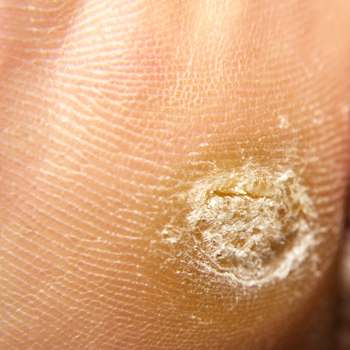 Definition: a thickened and hardened part of the skin or soft tissue, especially in an area that has been subjected to friction; a callosity
Definition: a thickened and hardened part of the skin or soft tissue, especially in an area that has been subjected to friction; a callosity
Medical terminology: hyperkeratosis
Calluses are hard, thickened areas dead skin can that an cause foot pain if they form on any weight bearing areas the foot. Serious infection can be caused by callus formation because the callus formation can lead to the breakdown of tissue underneath the hard skin, which leads to infection.
Corns
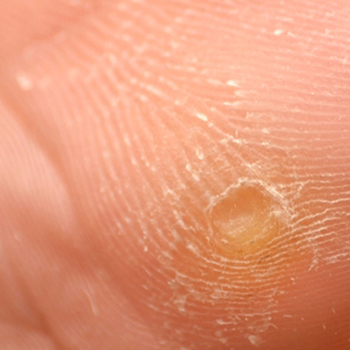 Definition: a small, painful area of thickened skin on the foot, especially on the toes, caused by pressure.
Definition: a small, painful area of thickened skin on the foot, especially on the toes, caused by pressure.
Medical term: heloma durum
Corns are dead, thick skin that form most commonly occur over a toe when the pressure against the skin has a circular motion and creates a hard corn, which can cause pain and serious discomfort.
Corns between the toes, can also form. Pressure can form a soft corn of macerated skin that is painful and causes discomfort.
Ingrown Toenails
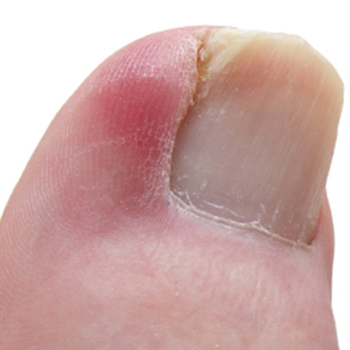 Definition: A condition where the corner or side of a toenail grows into the soft flesh of the toe.
Definition: A condition where the corner or side of a toenail grows into the soft flesh of the toe.
Medical term: onychocryptosis
The result of an ingrown toenail is pain, redness, swelling and, sometimes, an infection. Ingrown toenails usually affect your big toe. Ingrown toenails can also occur will ill-fitting footwear that are too tight. It is common for an ingrown toenail to be painful, red, and have swelling around the nail. Without proper care, an ingrown toenail can lead to an infection.
Heel Pain
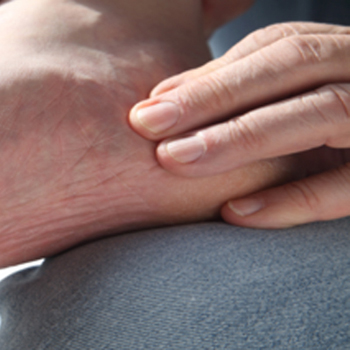 Definition: A common condition in which weight bearing on the heel causes extreme discomfort, usually associated directly with plantar fasciitis.
Definition: A common condition in which weight bearing on the heel causes extreme discomfort, usually associated directly with plantar fasciitis.
Medical terminology: heel pain, heel spur syndrome, plantar fasciitis
Heel pain usually affects the underside or back of your heel. Although heel pain is rarely a symptom of a serious condition, it can interfere with your normal activities, particularly exercise.
Painful heels can occur after long periods of standing or walking. You may be experiencing heel pain upon standing first thing in the morning. The back of your heel may be very sore or painful. These all indicate that you are experiencing one of the many symptoms of heel pain.
Plantar Warts
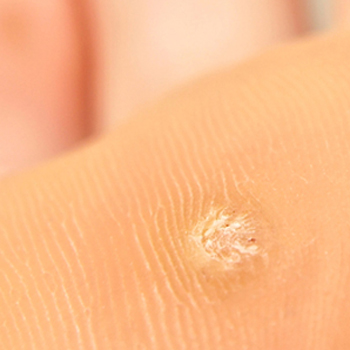 Definition: Plantar warts are small growths that usually appear on the heels or other weight-bearing areas of your feet, also known as Hyperkeratotic epidermal lesions. They are caused by the human papilloma virus (HPV) on the sole of the foot.
Definition: Plantar warts are small growths that usually appear on the heels or other weight-bearing areas of your feet, also known as Hyperkeratotic epidermal lesions. They are caused by the human papilloma virus (HPV) on the sole of the foot.
Medical terminology: verrucae pedis
Plantar warts are caused by HPV. The virus enters your body through tiny cuts, breaks or other weak spots on the bottom of your feet.
Warts appear as a soft central core that is surrounded by thick hardened skin resembling a callus. Multiple tiny black spots can sometimes be seen on the wart as this is the wart’s blood supply.
Most plantar warts aren’t a serious health concern and usually go away without treatment eventually. Your chiropodist may be able to help you if you are experiencing pain.
Fungal Nails
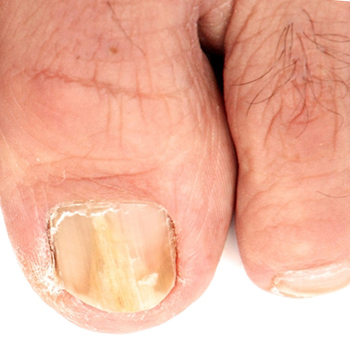 Definition: Fungal infection of the nail
Definition: Fungal infection of the nail
Medical terminology: onychomycosis
The most common fungus infection of the nails is onychomycosis. Onychomycosis makes the nails look white and opaque, thickened, and brittle.
Treatment options include, topical creams, oral medication and laser treatment.
People with diabetes, People with disease of the small blood vessels (peripheral vascular disease), and older women (perhaps because estrogen deficiency increases the risk of infection) can get fungal nails.
Diabetic Foot Care
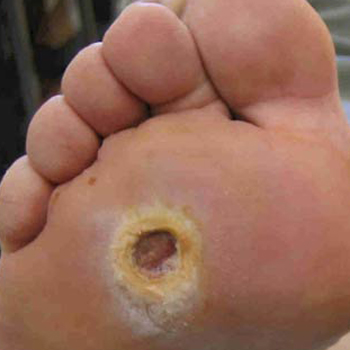 Definition of diabetes: metabolic disorder impairing carbohydrate, protein, and fat metabolism due to insufficient secretion of insulin or tissue insulin resistance.
Definition of diabetes: metabolic disorder impairing carbohydrate, protein, and fat metabolism due to insufficient secretion of insulin or tissue insulin resistance.
Medical terminology: Diabetes mellitus
Diabetes can cause many issues for a diabetic’s feet. Mainly nerve and muscle damage (neuropathy) which can leave a patient unable to feel pain in their feet, which can leads to a diabetic’s feet being affected by ulceration that is associated with neuropathy and/or peripheral arterial disease of the lower limb.
